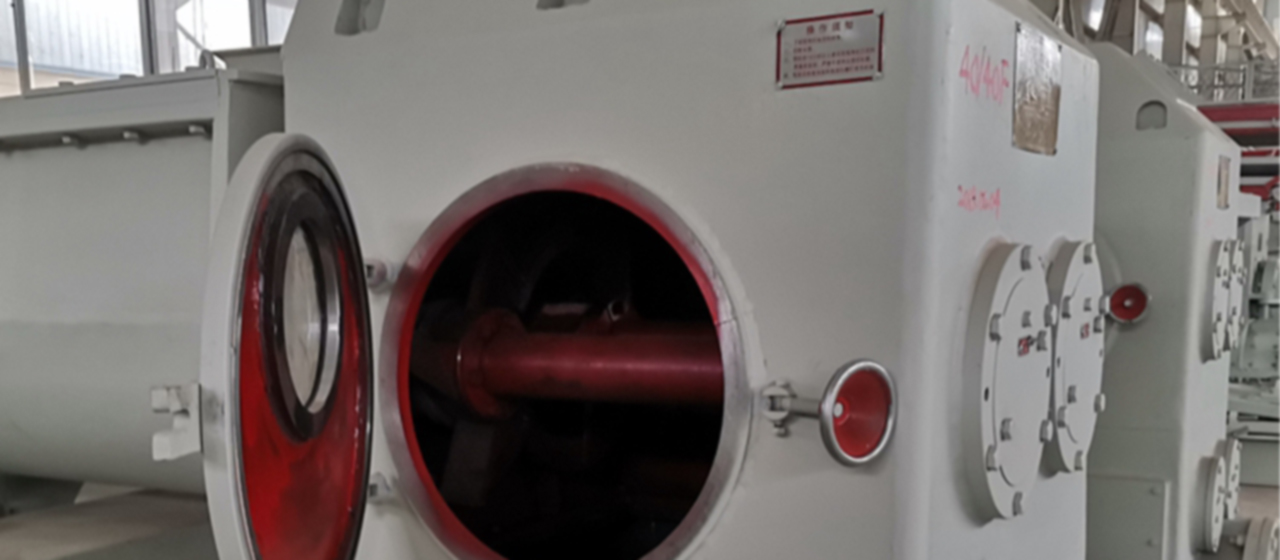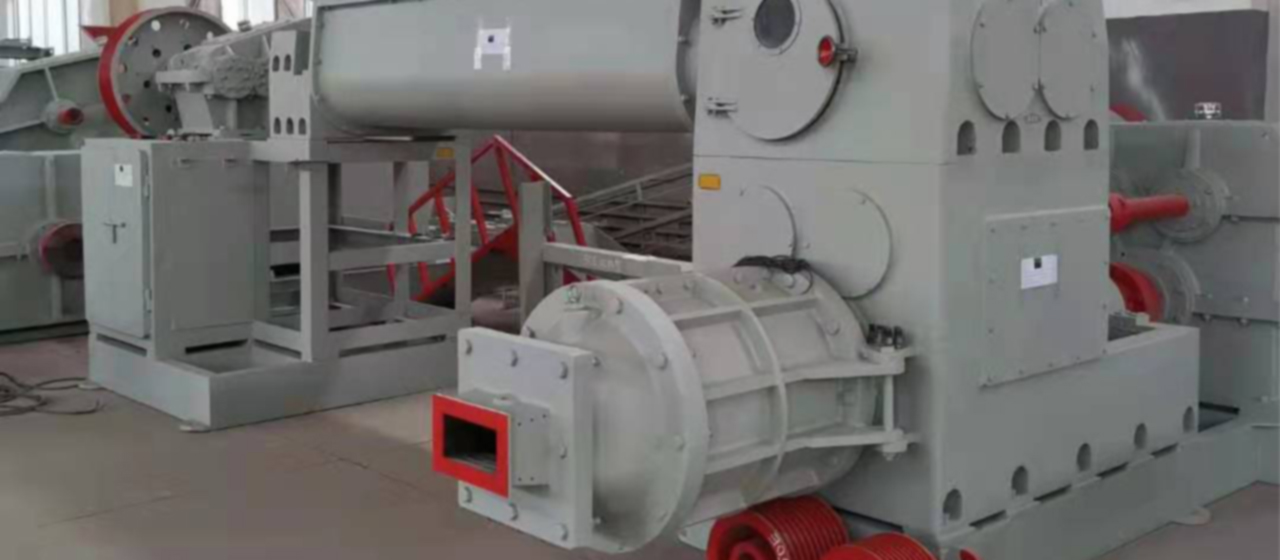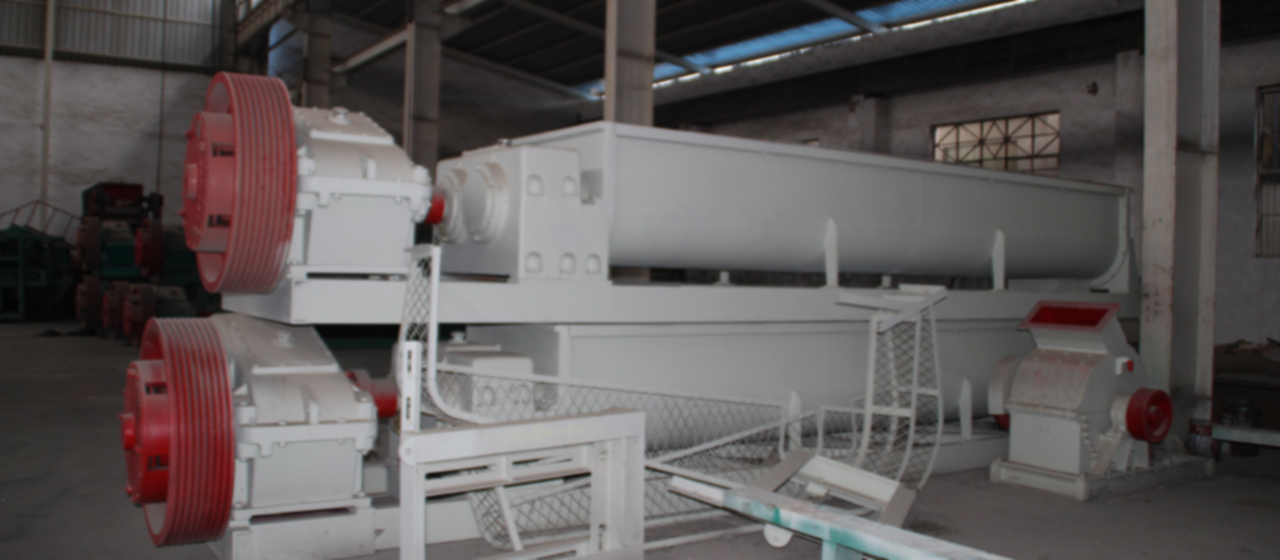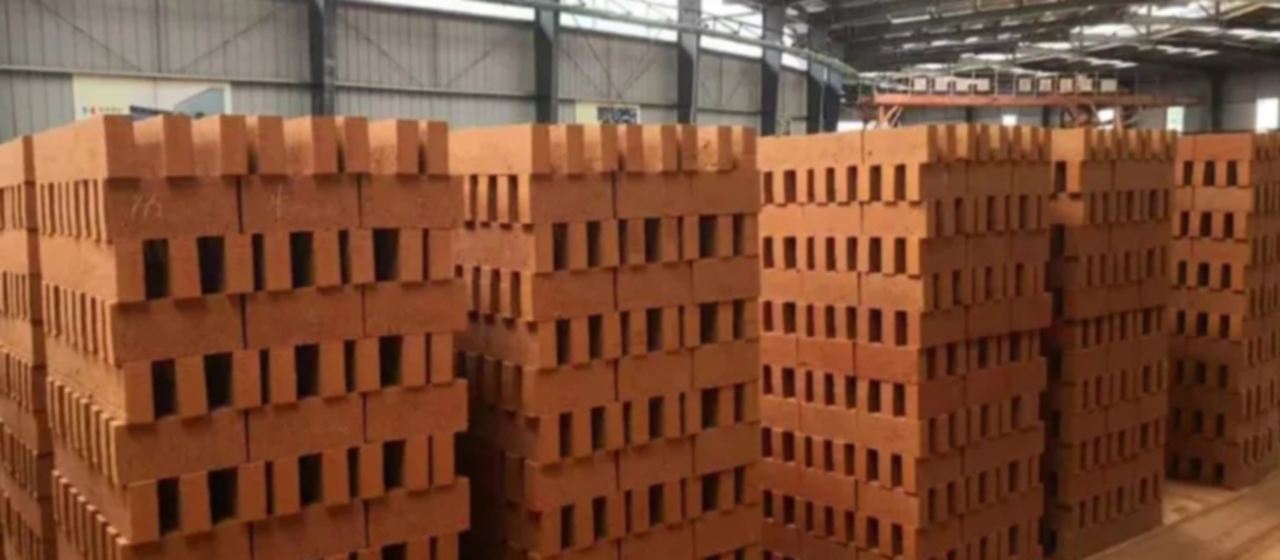Schwarze Flecken auf Ziegeln Tonziegelherstellungsmaschinen China
The so-called black marks on bricks. There are two situations: one is when too much coal is added externally, piled up at the bottom of the kiln or on the surface of the kiln car, without complete combustion, or the ash content of the added coal is too high, and the part in contact with the brick body appears wavy blue or black due to carbon deposition or oxygen deficiency.

This situation is generally referred to as “black brick” oder “black leg brick”. When adding coal externally, Dabei ist auf den Aschegehalt der verwendeten Kohle zu achten. Wenn der Aschegehalt hoch ist, the kang leg code method should be appropriately increased; Or appropriately raise the distance gate to strengthen the primer; When adding coal externally, Es ist notwendig, häufig eine kleine Menge hinzuzufügen, um sicherzustellen, dass der Kraftstoff vollständig verbrannt wird, um sie zu vermeiden oder zu reduzieren “black headed” Ziegel. It should be mentioned that increasing the degree of internal combustion can also significantly reduce the use of “black headed” Ziegel.
Another type is that the internal combustion brick forms a reducing atmosphere locally at the overlap of two bricks due to lack of oxygen, resulting in local dark to black marks on the brick.
This situation is generally referred to as “embossing”. Because the vast majority of brick factories in China use internal combustion firing technology, the phenomenon of “embossing” on the surface of bricks (mostly on the surface) is a common occurrence.
Due to the lack of oxygen necessary for internal fuel combustion at the overlapping area of the brick and the brick, the iron oxide in this area is reduced to some low valence forms such as iron oxide (FeO) or ferric oxide (Fe3O4), resulting in a cyan gray or black color at the embossed area (some may appear lighter in purple red).
Darüber hinaus, due to the strong melting aid effect of these low valence iron oxides in the billet, the amount of liquid phase formed at the stacking point of the brick billet during the roasting process is higher than that in other parts, resulting in significant shrinkage deformation after roasting at the stacking point. This is why pits or cracks often appear at the edges of the stacking point.
The main measures to avoid the phenomenon of “embossing” are to choose an appropriate stacking form to minimize the stacking area of the brick surface or top surface as much as possible. Zum Beispiel, in the case of coal gangue bricks or high internal combustion bricks, the flipping method is used to make the stacking surface of the brick surface on the cutting surface, avoiding stacking on the brick surface or top surface.
In essence, this is a measure of “embossing” transfer. This approach seems to transfer the “embossing” onto the cutting surface, without “embossing” on the strip surface and top surface, and this defect cannot be seen on the masonry wall.

The auxiliary measures to reduce “embossing” include: appropriately extending the roasting cycle to ensure that the internal fuel burns completely as much as possible; Or appropriately increase the amount of excess air in the roasting process; Or add sand on top of the mud stick to reduce the contact area, und so weiter.
Jedoch, the oxidation-reduction atmosphere of the medium during the roasting process has a great impact on the roasted products, and in cases of high internal combustion, the laminated part of the billet is inevitably under strong reducing atmosphere conditions, and dark ferrous minerals are inevitably formed.
In terms of the current production situation of sintered bricks in China, it is impossible to fundamentally eliminate “embossing” by relying on some conventional auxiliary roasting operations.
Na sicher, all bricks are fired using the external combustion method, so there is no such thing as “embossing”.
If no internal fuel is added during the production of decorative bricks for clear water walls, and clean fuels such as natural gas are used for roasting, there will be no “embossing” phenomenon. Zum Beispiel, during the roasting process, before 850 ℃ – i.e. before the liquid phase appears, all internal fuels should be burned clean, so as not to produce so-called black marks.








